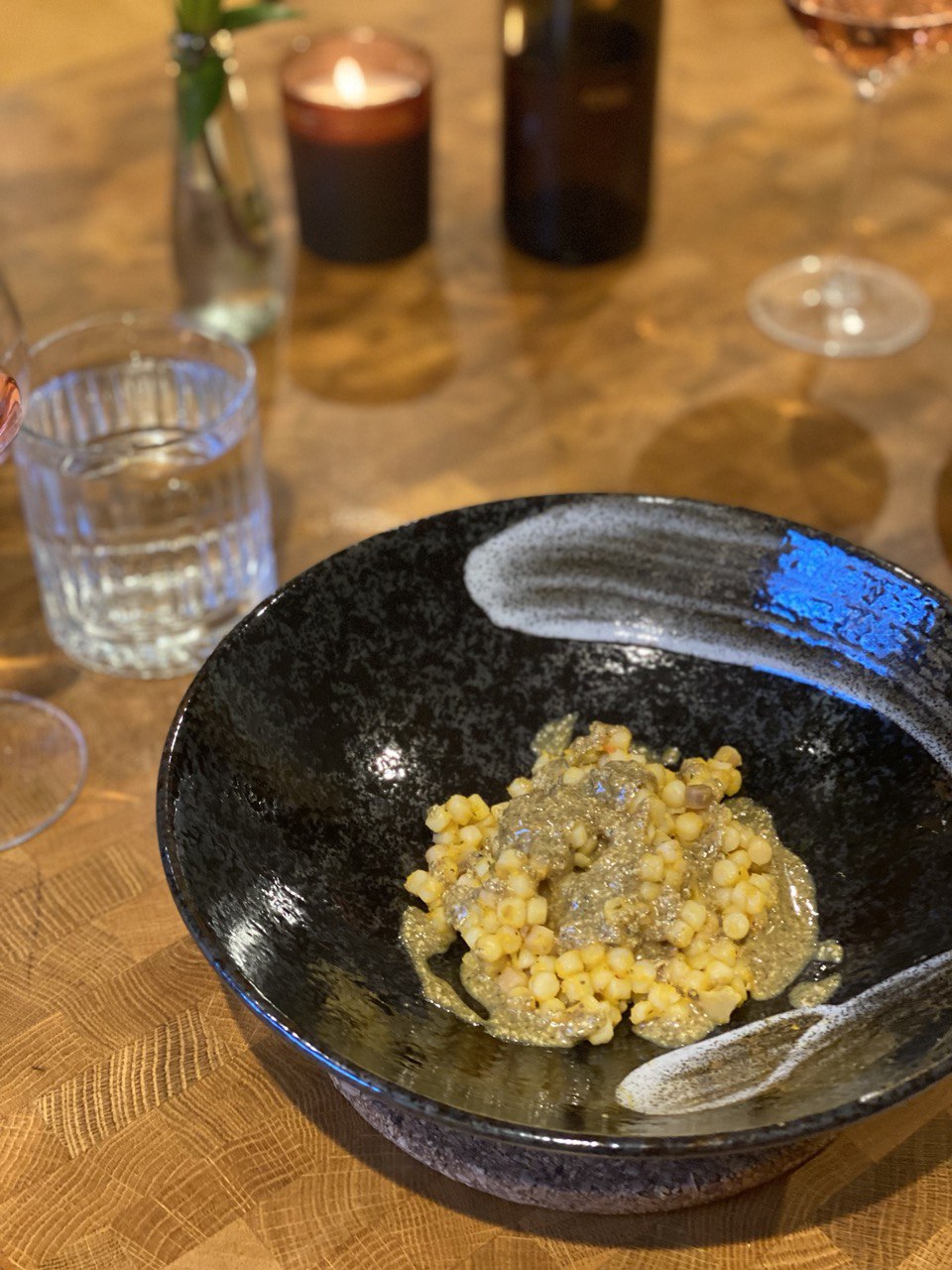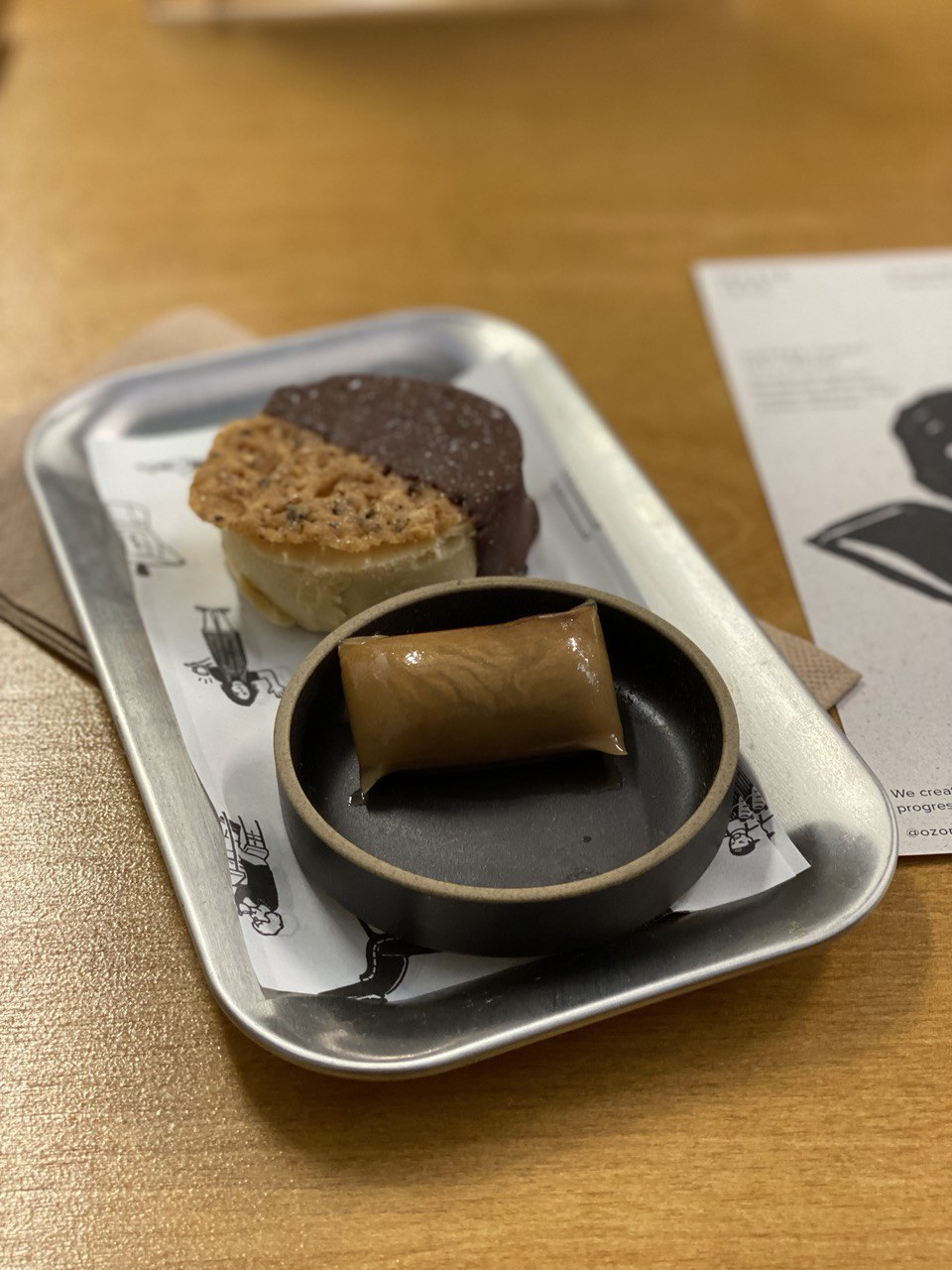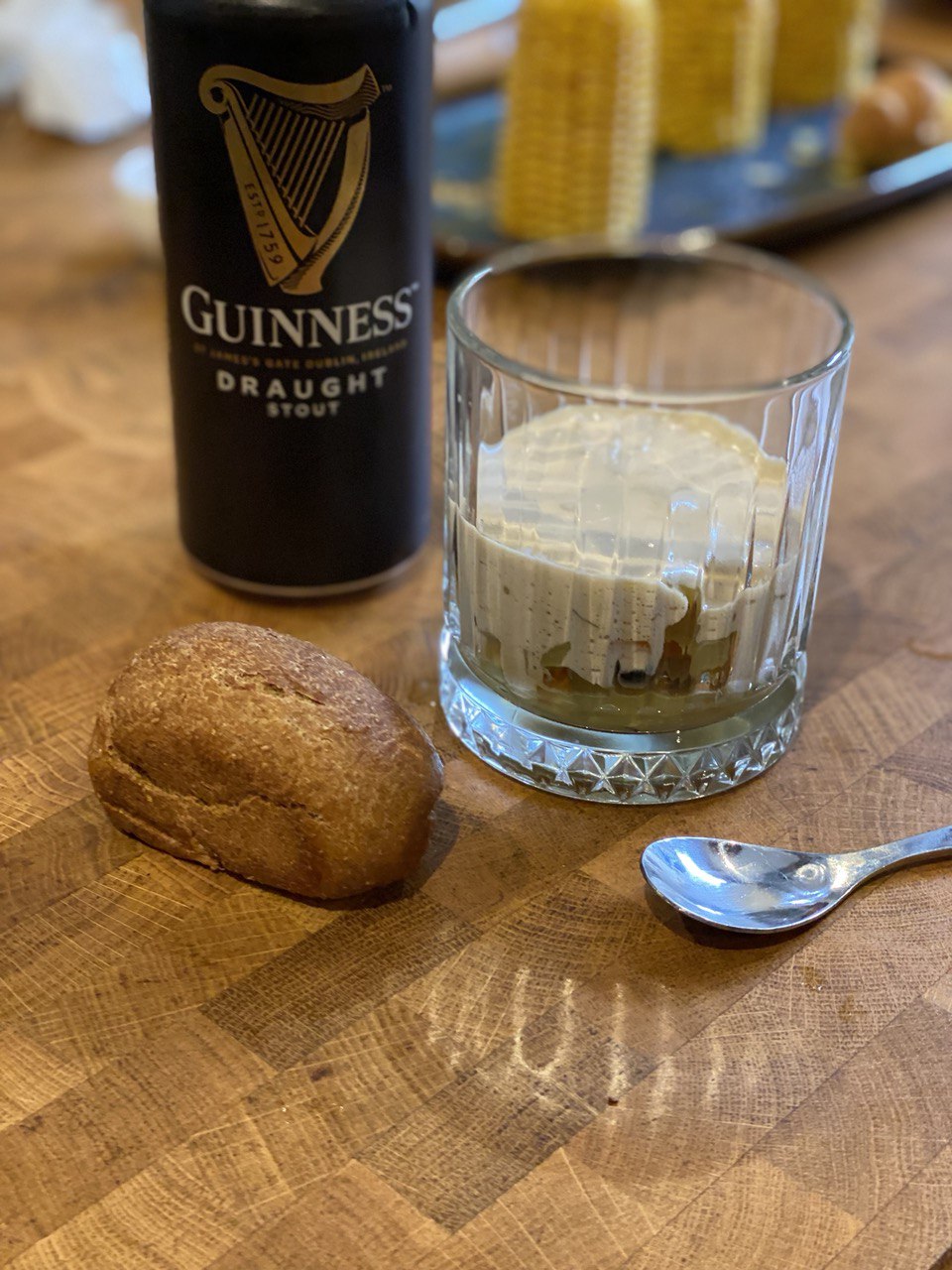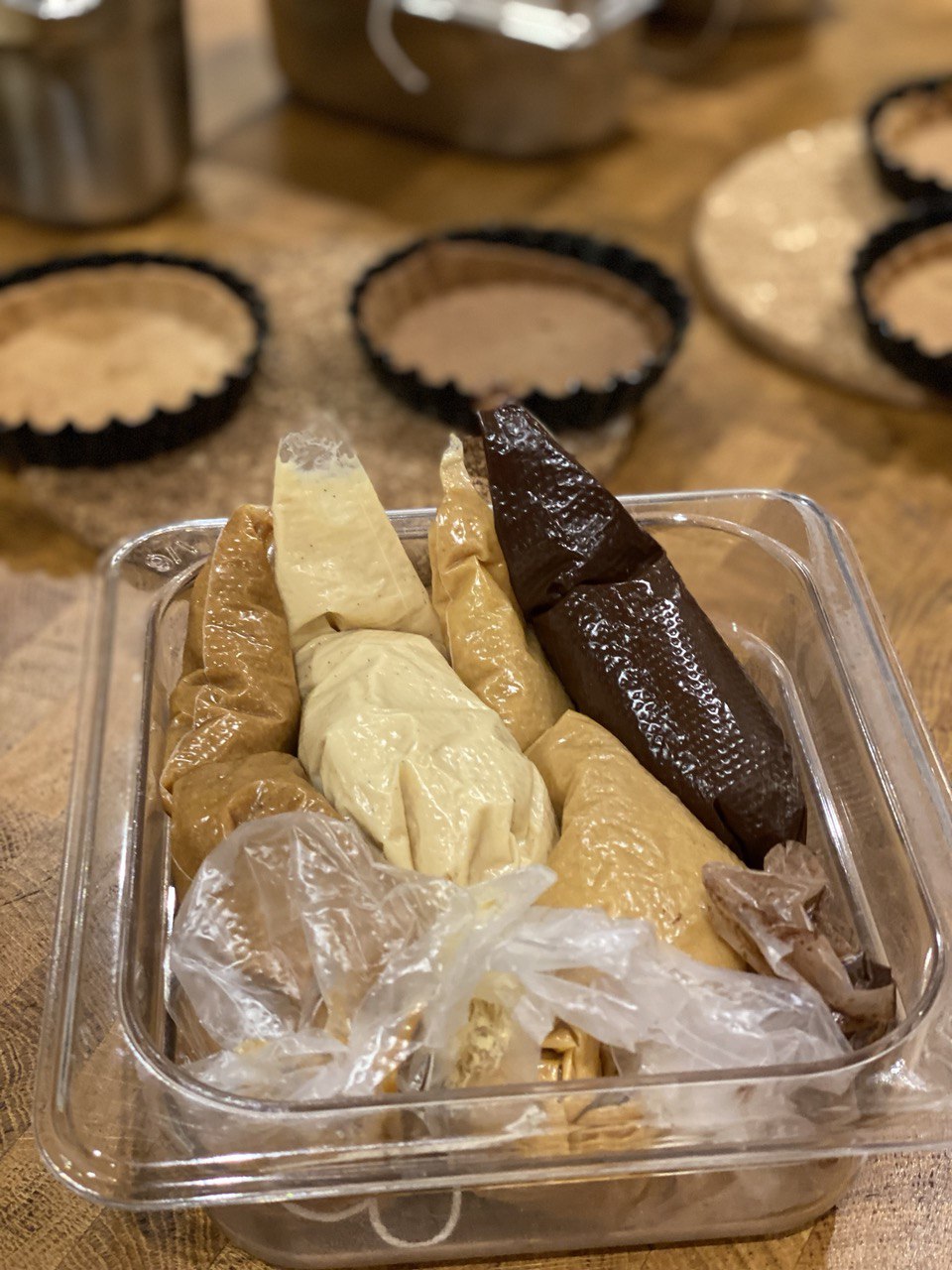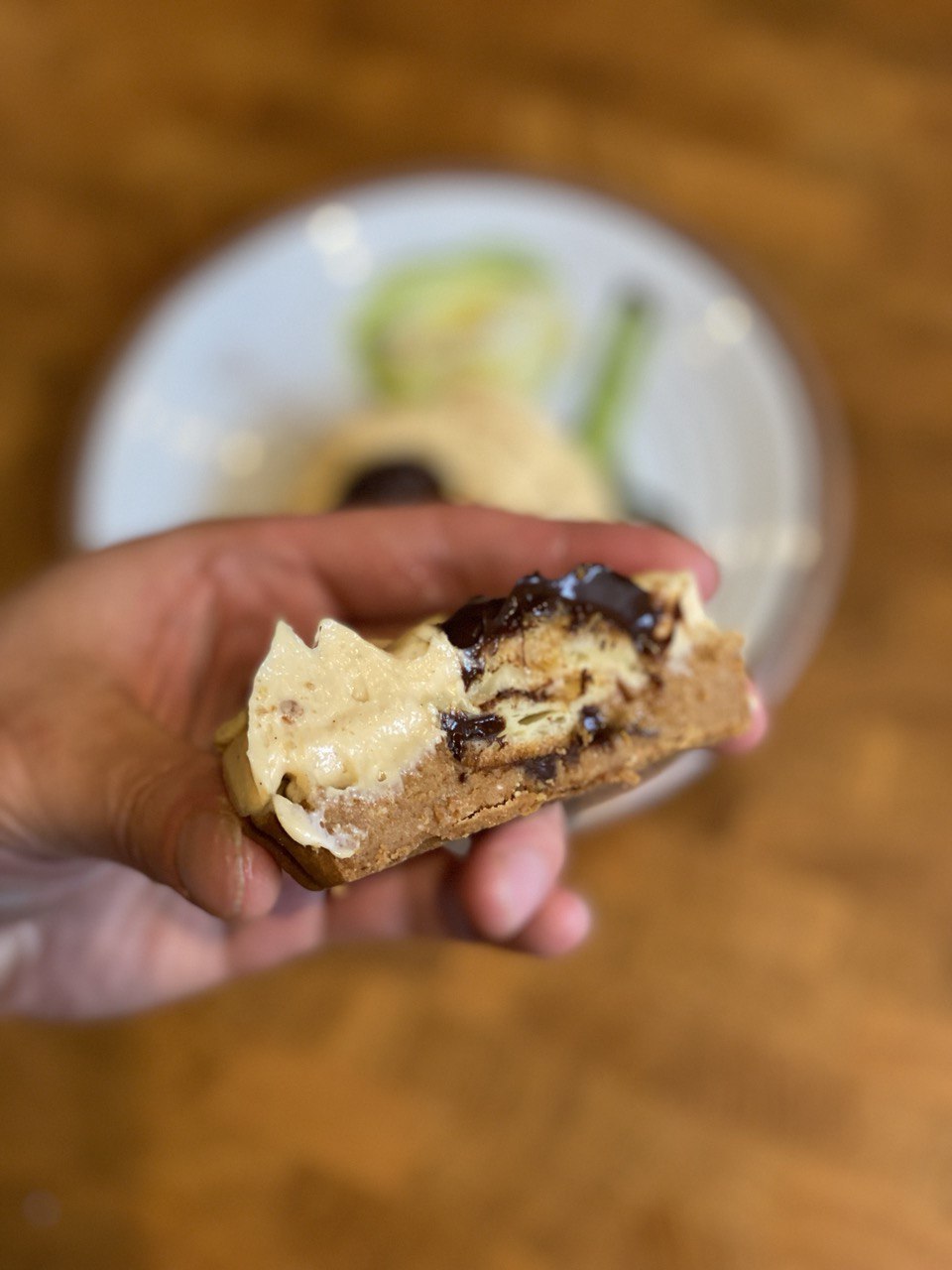|
Turned out really well.
Things I enjoyed reading
Those who played computer games probably could instantly imagine the jump sound in their heads, and this is a great story about how it came to life:
John Romero would eventually be credited for coining “deathmatch.” And he and his cofounders at Id Software are rightly canonized as instrumental in the formation of the modern FPS. But through an Alcornian combination of intuition and circumstance, Id is also the likely culprit behind a once-ubiquitous but largely invisible sonic sensibility of the genre: the hup.
As someone who pretty much exclusively plays Quake 3 for nearly two decades, I am slightly surprised that modern game developers didn't come up with a better sound though. I mean, it's been a while.
Last time I ranted about the value of making photos while traveling, and that segued nicely into today's essay on possible masterpieces among thousands of photos we store on our phones and in clouds:
Many of us are now like those National Geographic photographers. Almost without trying, we can find ourselves with twenty-three thousand pictures on our camera rolls. Unfortunately, we don’t have picture editors to do the work of sifting and culling and considering. No one helps us discover which shots “have legs” and stay interesting the more we look at them; no one shows us which photographs say what we mean to say; and no one tells us how to identify the best and leave aside the rest. Many of us have also stopped printing our photos. It used to be that we were constrained by our physical photo albums, that we had to choose which pictures to keep and which to leave out.
One day I will find enough motivation to clean my photos library from duplicates and organise into folders, but that will be a different story.
I never thought I'd read about animal genitalia with so much genuine curiousity but here I am, so kudos to the author:
The first step was to find some female ducks. Brennan and her husband drove out to one of the surrounding farms and purchased two Pekin ducks, which she euthanized without ceremony on a bale of hay. (Brennan’s husband is used to these kind of excursions: “He brings me roadkill as a nuptial gift,” she says.) Instead of slicing the reproductive tract up the sides, she spent hours carefully peeling away the tissues, layer by layer, “like unwrapping a present.” Eventually, a complex shape emerged: twisted and mazelike, with blind alleys and hidden compartments.
Bear in mind that while article is illustrated it's probably still safe for work.
An interesting take on Exit interviews. I've been to a few in the past, and can confirm that I've never seen the company changing for the better following your feedback. Usually it just burns a certain number of bridges, and as the result doesn't really help much neither you nor the people you leave behind.
This is why I say exit interviews are a trap. There’s no upside, and a lot of downside. The best case scenario (positive change) is highly unlikely, and even if it happens, of no direct value to you. And the worst case scenario is retaliation that could haunt you for years. If we could calculate an “expected average outcome”, like an expected value of a bet, it’d be deeply negative. Nobody who knows the odds would take this bet.
That being said, there is still a chance that people would take your feedback seriously - and it probably works the best in small to medium-sized startups.
A very detailed explanation of one's way to maintain a knowledge database, from budgeting to photos to records.
For many years I also used a mind map to keep track of my long-term goals in life. In it I explored what I wanted to learn, what I wanted to achieve, places I wanted to visit, etc. I followed David Allen's advice and used different branches of the map to explore different aspects of my life at different time horizons (e.g., this year, within 3 years, within 5, within 10). I still use that mind map but now combine it with other tools and techniques to define and review my personal plans.
That's probably one of those things where getting into the flow is the hardest part, but the benefits eventually cover up for it.
Continuing with my thoughts on photography driven my mobile phones, a selection of tools to optimise the workflow:
The other thing I need is the ability to zoom in to 100% of a photo, then quickly move to the next or previous photo to compare them and, most importantly, that the view stays in the same position, i.e. that it doesn't reset to the top-left corner of the image or something like that, like some image viewers do.
Sounds already way better than Apple Photos, so why not give it a try?
Growing up in a country where army is a mandatory endeavour with high chances to come back home lacking in limbs or nerves, I was quite surprised to see how it looks here in the UK, at least for volunteers:
First of all, nobody ever shouts ‘sir yes sir’. For the most part people just talk like normal humans. I do keep a distance between myself and the soldiers because I’m there to provide leadership, not be their friend. The soldiers do call me ‘sir’ or ‘Squadron Leader’ (just once in a sentence is plenty) and salute me, but the officers are all on simple first-name terms apart from my boss, who I call ‘Colonel’.
The story behind it is also really interesting, so worth reading the whole post.
I heard about vikings in the UK a few times (mostly thanks to various series), but this is probably the first detailed attempt to find their traces that I encounter:
In general, apart from stone sculptures and place names, the Vikings have left us little record of their 250-year moment on the stage of English history, roughly from the end of the 8th century to the middle of the 11th. Scholars are left to pick over some old bones, sometimes burnt and sometimes not, and the useful objects that accompanied their owners into the hereafter—what archaeologists call “grave goods.”
Seems like for some reasons it's harder than finding proofs of Roman's presence, despite them being on the island way before.
A great interactive post on possible changes to the planet's layout. We talk a lot about climate change, but seeing how it might change the Earth visually is even more powerful:
Lakes are drying up, droughts are threatening global food security and drinking water supplies are lacking in many places. Climate change is leading to a paradox: more forms of water or precipitation are falling from our skies, while this same liquid source of life is becoming scarce. Increasing weather extremes are to blame for this conundrum. Droughts are followed by heavy rain and flooding. Dried-out lands can’t soak up the masses of water, so it runs off or evaporates.
Probably better to check it out from a computer.
My interest in the science behind cooking bootstrapped from Serious Eats article with their wild experiments. They lacked in that type of writing since Kenji left the team, but since he got an occasional comeback as a consultant, this is probably the first "old-school style" post with attempts to find the right way to make steamed pork ribs:
I wasn’t willing to use our home washer (I suspect my daughter’s teachers would have some questions as to why she always smells like raw pork). Instead, I tried agitating meat in a salad spinner (not particularly effective at washing, as salad spinners are good centrifuges but don’t offer much by way of turbulence—they do, however, make it easy to dry meat after washing, if you don’t mind getting raw meat in your salad spinner), as well as in a stand mixer full of water with the paddle and dough hook attachments. Of those two, the dough hook worked better (the paddle tended to mangle the meat more than simply wash it), but neither was much more effective than some thorough hand-washing.
I wish they had more articles like this coming.
Things I didn't know last Tuesday
I've been researching restaurants in London and came across one, claiming to be the only place in the UK serving this dish:
First, a duck (preferably young and plump) is asphyxiated to retain the blood. The duck is then partially roasted. Its liver is ground and seasoned, then the legs and breast are removed.
The remaining carcass (including other meat, bones, and skin) is then put in a specially-designed press, similar to a wine press. Pressure is then applied to extract duck blood and other juices from the carcass. The extract is thickened and flavoured with the duck's liver, butter, and cognac, and then combined with the breast to finish cooking.
Given that my wife was a bit sceptical about paying them a visit and watching the bird being pressed in front of our table, I might just show up with a few takeaway containers and bring it home sans the theatrical experience.
| 